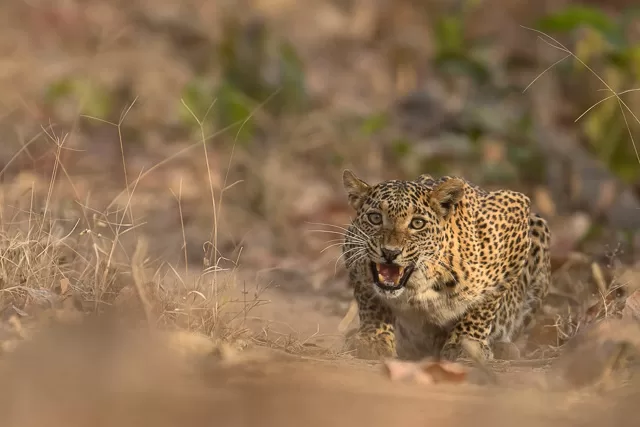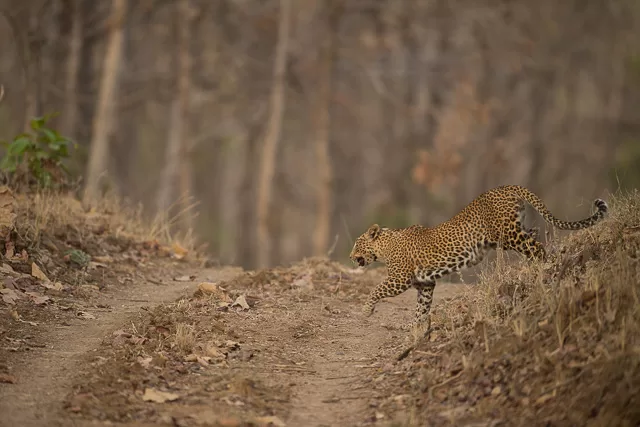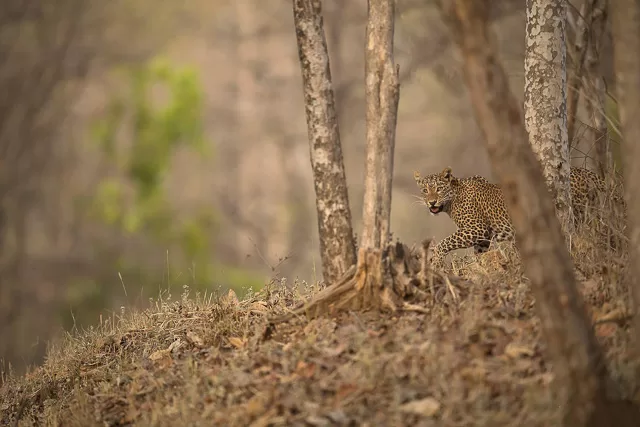About
Top Experiences
Type of Journey
Subscribe to newsletter and stay updated
Read about our travel expeditions, new destinations, new pictures, latest trip schedules
Satpura National Park, the gem of Central India, boasts a poised ambiance and an exotic adventure. Famed for its natural beauty, the park was established in 1981 in the Hoshangabad district of Madhya Pradesh. An integral part of the Satpura hill range in the Indian Highlands, the park combines with Pachmarhi, a beautiful hill station, and encloses Bori Wildlife Sanctuary as well, causing the area to spread over 1427 square kilometers. While wildlife is a lucrative aspect for tourists and nature enthusiasts, the waterfalls, ravines, gorges, hilly terrain, forests, and wetlands only add to the scenic beauty. The park, abundant with flora and fauna, provides solace to the eyes of the beholder. The famous John Keats quote, “A thing of beauty is a joy forever”, seems to perfectly describe Satpura National Park. It is one of the tiger reserves in India, and tigers are seen regularly, particularly in some pockets. However, as far as recent sightings go, Satpura is becoming increasingly famous for its leopard and sloth bear sightings, which are seen fairly regularly.
OVERVIEW
Location: Hoshangabad District, Madhya Pradesh, India
Nearest Airport: Bhopal airport
How to reach: 4 hours from Bhopal airport
Famous for: Picturesque wildlife safari park,
Tiger & Leopard sightings
Best time to visit: October to June
WHAT TO SEE
Mammals– Tiger, Leopards, Sloth Bear, Indian Gaur, Barking Deer, Monitor Lizard, Indian Rock Python, Rusty-spotted Cat, Jungle Cat
Birds– Malabar Pied Hornbill, White-eyed Buzzard, Osprey, Black-Hooded Oriole, Sirkeer Malkoha, Indian Scimitar Babbler, Jungle Owlet, Common Hawk Cuckoo, Grey Nightjar, Brown Fish Owl, Scaly-Breasted Munia,
The Satpura National Park, or Satpura Tiger Reserve, is nestled amidst the Satpura range of hills in central India, in Madhya Pradesh. Similar to the Deccan Plateau, of which Satpura is a part, it witnesses rocky and rugged terrain, hilly areas, perpetually meandering streams, shallow and narrow gorges, and ravines with gushing waterfalls. It is densely forested on a dissected plateau and boasts a chain of sandstone peaks.
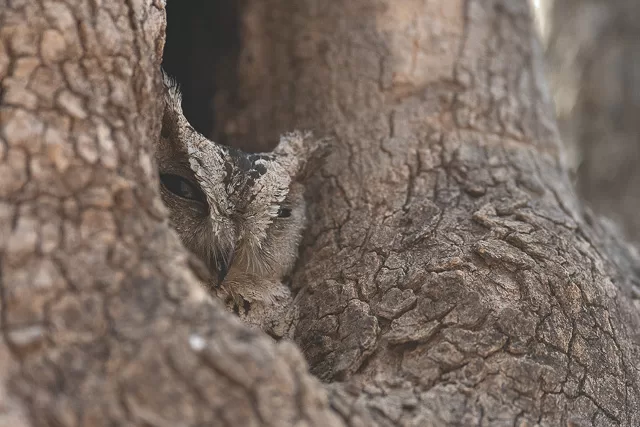
The Satpura Tiger Reserve attracts guests because of its wildlife. The tiger is the main predator in the reserve, while the spotted deer and sambar deer are the chief prey. While the tiger forms an essential part of the park, animals like spotted deer, or Chital, the Indian gazelle, or Chinkara, and the four-horned antelope, or Chousingha, are also significant to the ecosystem. It’s no doubt, however, that the Satpura Tiger Reserve is home to ferocious tigers in abundance.
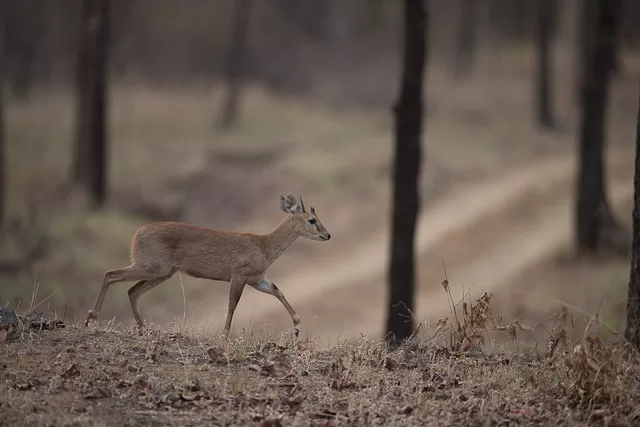
Despite inhabiting around fifty mammal species and around thirty reptile species, tourists find it hard to spot these mammals or reptiles. It’s because most of the inhabitants of Satpura National Park are nocturnal; they stay secluded or reclusive from human disturbance and come out only at night to hunt or feed themselves. You might catch several chance glances or observe the telltale signs of the inhabitants, such as the Rhesus macaque, hyena, wild boar, langur, nilgai, smooth otter, pangolin, marsh crocodile, porcupine, palm civet, ratel, and the small Indian civet. The park also inhabits vulnerable sloth bears, so keep an eye out. Apart from tigers, leopards, and wolves also take on the role of predators and prowl for prey. Wild dogs often move in organized packs and are often able to hunt down prey twice their size through sheer coordination and the power of quantity. The flying squirrel and Indian giant squirrel are the two types of squirrels you might notice in the park, although these are particularly elusive creatures. Speaking of elusive, the small Indian civet and the palm civet only come out at night. These ground animals have long tails and are difficult to spot during the day.
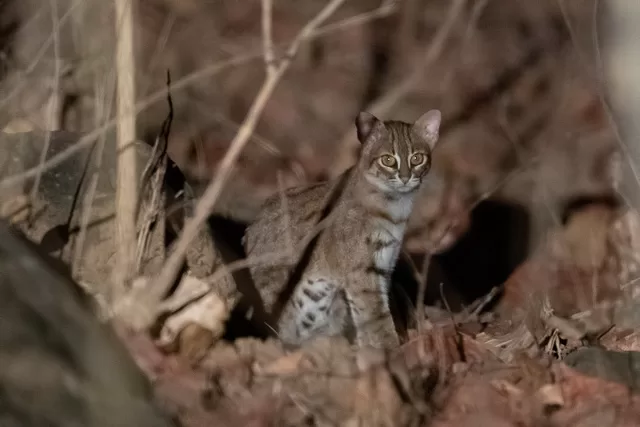
With 254 bird species frequenting the Satpura National Park, it becomes a popular site for birders from far and wide. Apart from the exquisite, long-tailed Maharashtra State bird, the Paradise Flycatcher, birds like the Malabar Whistling Thrush, Malabar Pied Hornbill, Crested Hawk Eagle, Crested Serpent Eagle, Honey Buzzard, etc. also frequent the park.
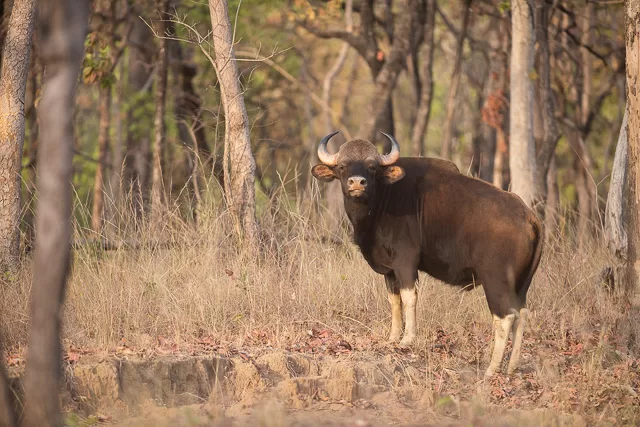
Going on an incredibly exciting jeep safari and trying to spot the Royal Bengal Tiger or the formidable leopard is a one-of-a-kind experience. Out of the three safari routes—Keria, Lagda, and Churna—, Churna is the longest, as it spreads for over 30 km. Exploring Satpura National Park via the Churna route will take an entire day, and it includes some portions of the Keria route as well.
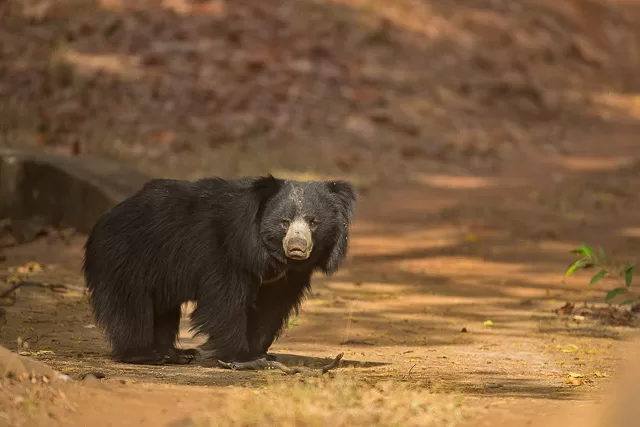
This national park is sure to leave a sweet taste in the mouth with its all-around combination of nature, wildlife, and the entire ecology.
